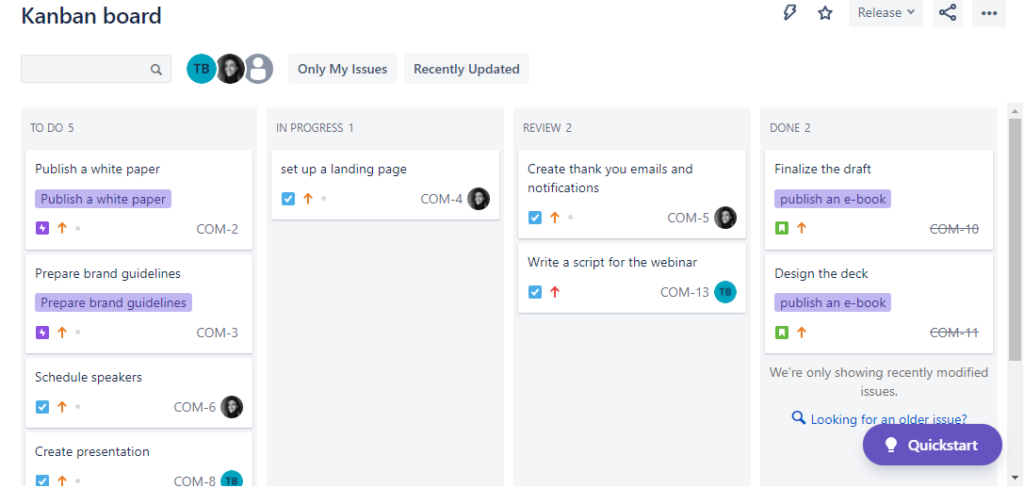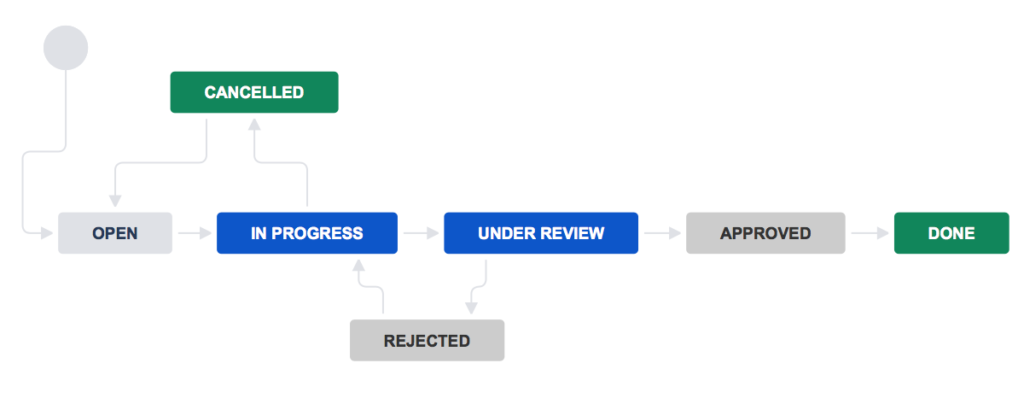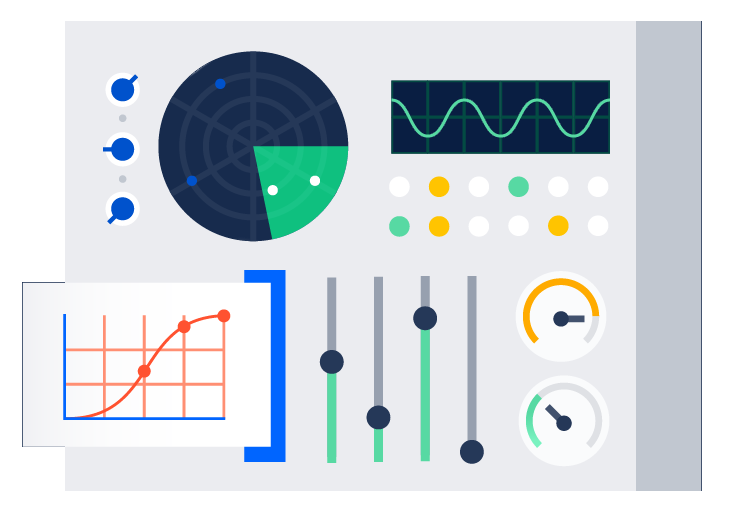In the realm of project management tools, Jira is often heralded as the go-to for software projects. However, the dynamism of “Jira For Non Software Projects” is an avenue that beckons exploration.
Table of Contents
How does Jira adapt to non-software projects, and what inherent benefits does it offer? This comprehensive guide sheds light on Jira’s versatility and its efficacy across an array of industries.
Using Jira For Non Software Projects: An Overview
Jira and Jira Service Management origin in software development is undeniable. Yet, its adaptability makes it a potent tool beyond this domain. Venturing into using Jira for non-software projects requires a blend of understanding its functionalities and molding them to fit diverse needs.
Jira’s flexibility is its strength, making it relevant across sectors
Albert Manuel – Atlassian Consultant

Key Features of Jira for Non-Software Teams:
- Customizable Dashboards: Tailor dashboards to showcase relevant metrics and data.
- Agile Workflows: Implement Scrum or Kanban methodologies irrespective of the industry.
- Advanced Reporting: Gain insights through detailed reports, aiding in informed decision-making.
Jira’s Suitability Across Teams
The landscape of project management tools is vast. Jira’s prowess in consolidating various functionalities makes it a preferred choice, offering a unified platform to monitor processes, workflows, and approvals. The agile methodology, though rooted in software, is progressively relevant across sectors such as marketing, PR agencies, and HR firms.
Examples of Jira’s Versatility:
- Marketing Campaigns: Coordinate campaign launches, track performance metrics, and ensure seamless communication among team members.
- Event Management: Oversee event preparations, monitor budgets, and ensure timely completion of tasks.
- Inventory Management: Track stock levels, manage orders, and forecast inventory needs.
Jira For Hardware Development
As we delve into the realm of hardware, Jira’s capabilities come to the forefront. Features like version tracking and component management make it an invaluable tool for hardware development teams.
Table : Benefits of Using Jira in Hardware Development
| Feature | Benefit |
|---|---|
| Version Tracking | Ensure all team members work on the latest version. |
| Component Management | Streamlined inventory and parts tracking. |
| Collaborative Tools | Facilitate real-time collaboration across teams. |

The Intricacies of Jira HR Onboarding Workflow
Jira’s adaptability is further exemplified in its HR onboarding workflows. From the initial recruitment phase to final integration, Jira offers a structured approach, ensuring a smooth experience for new hires and HR teams alike.
List of HR Tasks Managed via Jira:
- Job Posting and Application Collection
- Interview Scheduling and Feedback Compilation
- Onboarding Document Collection and Verification
- Training Module Assignment and Tracking
Jira’s Role in Mechanical Engineering Projects
In the world of Mechanical Engineering, the nature of projects often involves multiple phases, cross-functional teams, and a plethora of tasks varying in complexity.
From conceptualization to prototyping, and from testing to final product release, each step demands meticulous planning, tracking, and execution. This is where Jira comes into play, proving its mettle beyond the boundaries of software development.
In the intricate world of mechanical engineering, Jira acts as a beacon, guiding projects to successful completion.

1. Conceptualization and Design
Every mechanical project starts with a concept. Engineers and designers brainstorm, sketch, and propose initial designs. With Jira:
- Collaborative Ideation: Using Jira boards, team members can post ideas, attach initial sketches, and provide feedback in real-time.
- Version Control: As designs undergo iterations, Jira ensures that everyone is working on the latest version, reducing conflicts and confusion.
2. Prototyping and Simulation
Before diving into actual production, prototypes are developed and simulations are run.
- Task Allocation: Jira allows for the creation of tasks associated with prototype development, materials sourcing, and simulations.
- Progress Tracking: With its Kanban or Scrum boards, Jira provides a visual representation of where each task stands, ensuring timely completion.
3. Testing and Quality Assurance
Once prototypes are developed, they undergo rigorous testing.
- Test Planning: Jira can be used to outline test procedures, allocate resources, and schedule testing phases.
- Issue Tracking: Any discrepancies, failures, or areas of improvement identified during testing can be logged as issues in Jira, ensuring they are addressed before final production.
4. Production and Assembly
The actual production phase can be a complex process involving multiple teams and machinery.
- Workflow Creation: Jira allows for the creation of detailed workflows, ensuring every step of the production process is clearly defined and monitored.
- Resource Allocation: Be it human resources or machinery, Jira assists in scheduling and ensuring optimal utilization.
5. Collaboration with Cross-functional Teams
Mechanical engineering projects often require collaboration with electrical engineers, software developers, and other specialists.
- Unified Platform: Jira serves as a unified platform where all teams can collaborate, share updates, and ensure the project remains on track.
- Integration Capabilities: Jira’s ability to integrate with various tools ensures seamless communication, be it with CAD tools for design or with ERP systems for production planning.
6. Documentation and Compliance
In the world of engineering, maintaining detailed documentation and ensuring compliance with industry standards is crucial.
- Document Storage: Jira allows for the attachment of important documents to tasks, ensuring easy access for all team members.
- Audit Trails: Jira logs all changes, providing a clear audit trail, which is invaluable for compliance and quality assurance.
Jira’s capabilities transcend its reputation in software development. With features tailored to cater to diverse needs, it emerges as an indispensable tool for teams prioritizing efficiency and collaboration. Using Jira for Non Software Projects it’s a thing now in 2023.
This guide not only underscores Jira’s potential in non-software projects but offers insights and practical applications for varied sectors.
